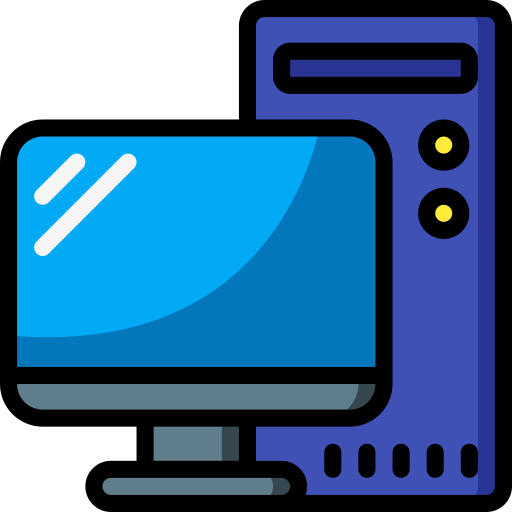Mooching off this other post
Primary question: What do people do for their reverse proxies (and associated ACME clients)? Do you have a single unified one? Or do you use separate proxies for each stack? Or some mess in between?
My use case question: For example, I have a (mess that is a) Nextcloud instance with a separate stack with nginx and ACME, a SearXng that wants to run caddy (but has shoved into the nginx).
But now I have a Lemmy docker that has a custom(?) nginx instance, should I just port it to my existing nginx or run them side by side?



I’ll have to look into using dynamic file configuration more heavily then. But how do you personally set up networking, if traefik doesn’t handle it all for you? Can you just tell traefik the container name from docker-compose in the dynamic file config? Also, what is IaC? Cause it sounds great.
IaC stands for infrastructure as code.
Traefik’s dynamic file config just scans a folder for .yaml files. So i just generate a file automatically with the container’s network address and copy the file into traefik’s folder.
Traefik just looks for the container address in the file (either IP or container name). The files are basically the yaml version of the docker label.